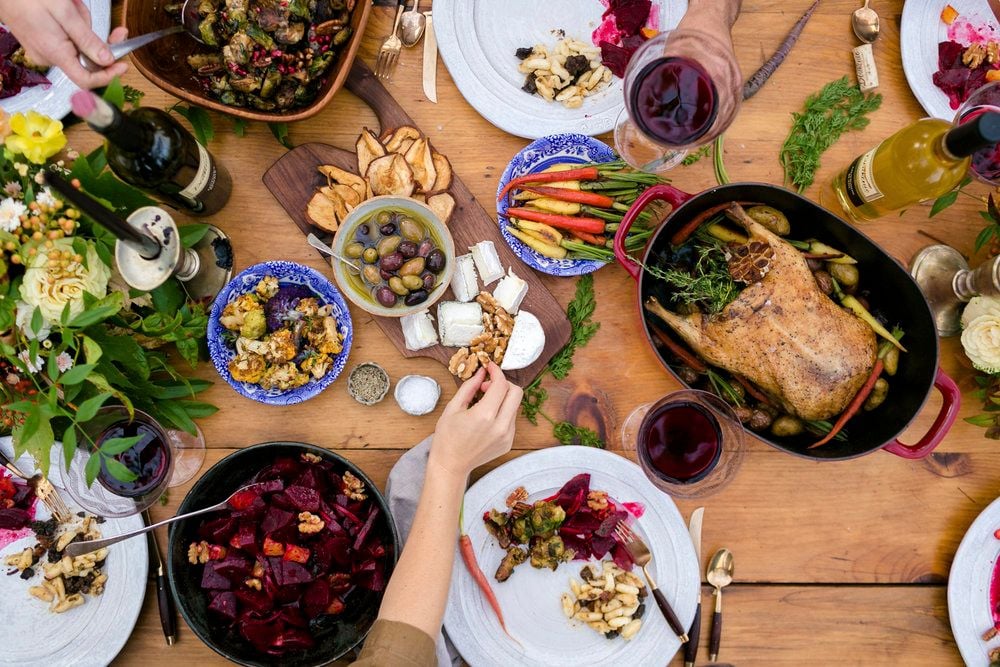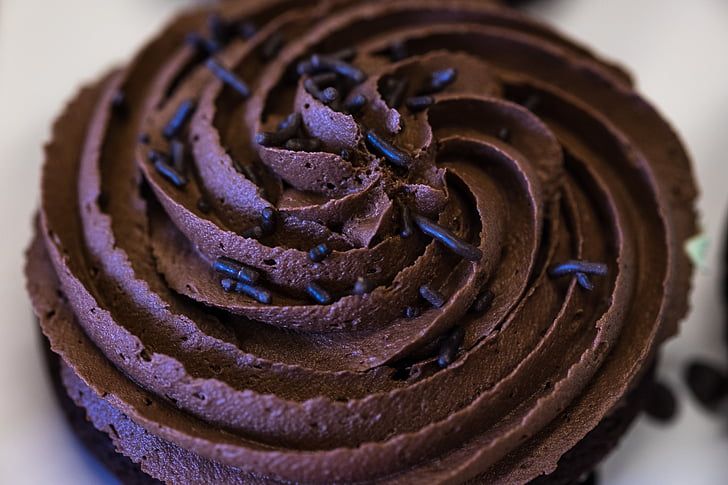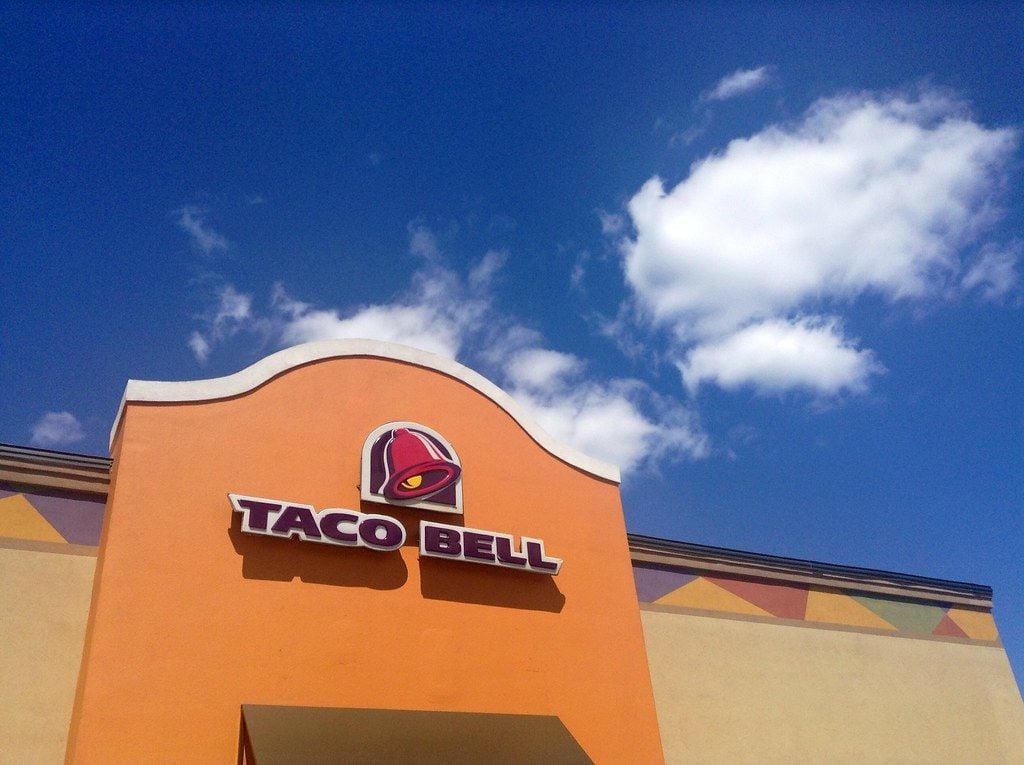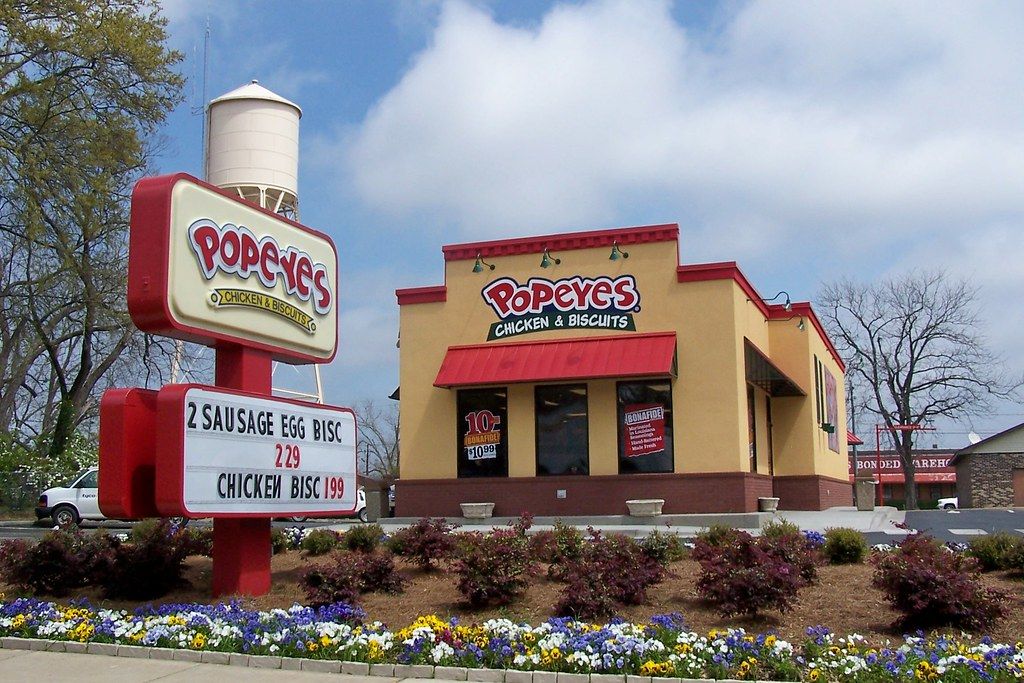
Breaking Down Rum: More Than Meets The Eye
- May 16, 2024
Rum - a widely consumed, distilled spirit, often gets misunderstood, thanks to its varied appearance and diverse flavor profiles. It's a common misconception that rums with similar looks will have alike tastes and aromas, but, contrary to belief, this isn't the case. Comparable in appearance, the Bacardi Superior, J. Wray and Nephew, and Clement Blanc, all fall under the "white" rum category, yet offer drastically different flavors.
The robust, full-bodied J. Wray and Nephew can overwhelm cocktails that the crisp, fresh Bacardi balances easily. On the other hand, Clement Blanc, an agricole rhum from Martinique, has a unique green, grassy profile due its source, freshly pressed sugar cane juice, which varies from most rum's molasses base.
“Color, in and of itself, isn't an effective way to classify rums, given the multitude of flavor profiles and styles that can exist under what would be considered a singular color,” says Brandon Ristaino, co-founder and beverage director at Test Pilot in Santa Barbara.
Despite flavors varying significantly, most cocktails continue to dictate the use of specific rum colors, without much consideration given to the drink's flavor or the spirit it contains. Matt Pietrek, co-author of the award-winning book Modern Caribbean Rum, believes that it's because we tend to fall for classifications that are easy to comprehend.
While color can be a good indicator of age for some strictly regulated barrel-aged spirits like bourbon whiskey, it's almost impossible to determine the age of rum by its color alone. “A rum's color is affected after distillation by valuable factors such as oak barrel aging or additives,” says Maggie Campbell, who manages the estate at Mount Gay Rum in Barbados.
Misleading caramel coloring and additives contribute to the ongoing misclassification of rum by its color. Anthony Schmidt, co-beverage director at False Idol in San Diego, pointed out that elements like sugar and coloring which create a perception of finely aged spirits can confuse consumers into wrongly equating dark color with fine quality.
In an added twist, many white rums are aged in barrels. Campell explained, “Mount Gay Silver, a Barbados-exclusive bottle, removes its color by charcoal filtering, while retaining its aged taste and characteristics, a common practice among rum producers globally.”
Variations in production, different distillers, and lack of transparency in methods add to the complexity of understanding the flavor of rums.
Most rum is distilled from fermented molasses, some styles like Martinique's rhum agricole uses fresh cane juice, a key differentiation factor which affects the taste, aroma, and color of the rum.
Understanding rum’s source can give some hints about its style. For instance, Jamaican rums are often bold and characterful, produced using pot stills. Rums from the Spanish Caribbean, column-distilled and barrel-aged, reveal notes of caramel and vanilla, while Martinique, from the French Caribbean, is known for its fresh sugar cane spirit, rhum agricole. But as Pietrek warned, not all regions have a legally protected Geographical Indication to ascertain production style.
Aside from color and geography, attempts at categorizing rum more comprehensively exist. Systems have been proposed by Luca Gargano of wine and spirits importer Velier and by Rebecca and Martin Cate in their book Smuggler's Cove: Exotic Cocktails, Rum, and the Cult of Tiki. These are more descriptive, but require a basic understanding of rum production to be effectively used.
The challenge lies in understanding the intricate world of rum, considering its vast diversity in flavors, textures, and complexity. As Ristaino aptly sums it up, “Diversity is a great thing, as it means this wonderful spirit can possess so many different flavors, textures, and complexity."
Rum, thus, is far more than what meets the eye. Rather than limiting it to its color, it is essential for bartenders to gain an understanding of how spirits are crafted, to truly appreciate and communicate the richness and variety of this time honored spirit.






